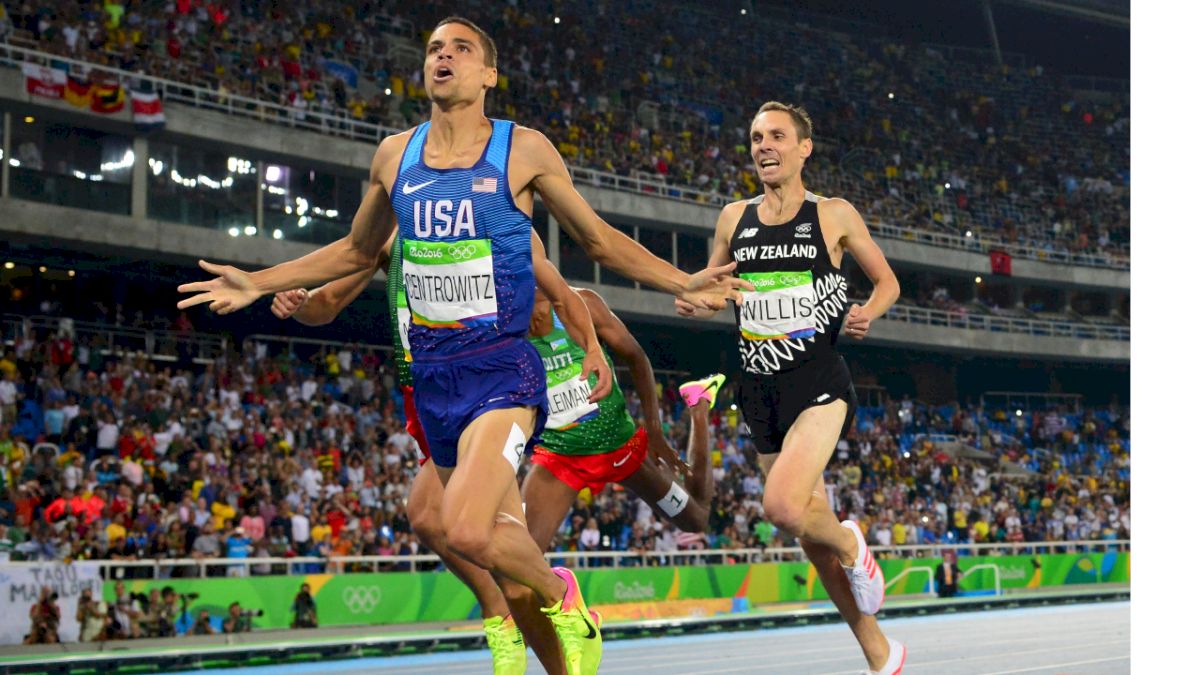The History Of Track And Field
The History Of Track And Field
An understanding of the history of track and field, along with a breakdown of the events in the sport.

Ancient History
Track and field has been around since the start of the Olympics in Ancient Greece in 776 B.C. It was created alongside religious events and celebrations for the Greek gods where men (no women were allowed) could show off their athletic abilities. From there it spread to the Romans who continued the games until the Christian Emperor Theodosius I banned them in 394 A.D. because of their ties to pagan beliefs.
While it has grown since its inception, the first games included categories such as sprint races, long jump, discus, shot put and javelin. The track and field events in these ancient times still remain in today’s sport. Victors were praised and celebrated by their home cities for their success in these games.
Modern Age
While track and field has a long and storied history, it did not gain great popularity and take off until the 1860s. In 1866, England held its first championships for men amateurs. No financial compensation was provided to the winners, setting precedent for the modern-day Olympics and basis for the sport.
Momentum behind track and field started to grow in England and later traveled to the United States. The Amateur Athletic Union (AAU) was founded in the U.S. in 1887 and has been the governing body for the sport since. Just shy of 10 years later, the modern Olympics began in 1896 with track and field amongst the list of participating sports.
Track Events
Specific track events include indoor and outdoor sprints. Indoor sprints range from 50 yards to 500 meters and outdoor sprints are either 100, 200, or 400 meters. Middle distance races range from 800 to 2,000 meters and long distances range from 3,000 to 30,000 meters.
In addition to the sprints, there are also hurdles and relay teams. Hurdles are placed on the track and the athlete must run while jumping over the barriers. Men must cross 10 hurdles in either the 110 or 400-meter race and women must cross eight hurdles at 100 or 400 meters. Relay teams are composed of four athletes who each run separate distances or legs of the race. The 4x100m and 4x400m are most common.
Field Events
Today's field events include high jump, pole vault, long jump, triple jump, shot put, discus, javelin, and hammer. Vertical jump competitions include the high jump and pole vault. These events are scored by the height at which each athlete reaches without knocking down the pole/marker. Horizontal jump competitions include the long and triple jump. Both of these are measured by how far an athlete can jump forward, with the winner jumping the farthest into a sandpit from a runway. The triple jump has specific components of a hop, step, and jump. Throwing competitions include shot put, discus, javelin, and hammer. The winner of these events succeeds by throwing the object the farthest.
In some cases, these competitions held once by Greek and Roman warriors could be considered the birthplace of true sport. Track and field has grown to one of the most participated and popular sports around the world. Whether you are an avid all-year fan or just catch the highlights every four years watching the Olympics, track and field has been a part of history since ancient times and will continue to be for many years to come.